Strider on the Sega Genesis Makes You Feel Amazing
This one's for all the bros (and she-bros)
A slightly altered version of this article originally appeared on Sega Does
Strider: a game for the common man or a game for the minority hardcore, they who thrive on punishment? Strider’s champions declare that it’s one of the best action titles ever made, with each level being an overwhelming tour-de-force of ridiculousness. Detractors claim that its relentless pace makes for an overly hard, unfair experience. Both groups are right, to an extent. I’ve never played an action game that was so intent on pummeling me with its creativity. That said, there are no places to rest in Strider, and the last two stages are absolute hell until you memorize the enemy placement.
Ultimately, though, Strider‘s too crazy to not appreciate. Like Revenge of Shinobi before it, the game delights in surprising the player with one outlandish set piece after another. In the breadth of a single stage, you’ll fight packs of Siberian wolves, destroy a ten-foot tall mechanical gorilla, clamber down a mine-riddled mountain, avoid electric transformers that fill the screen with deadly lightning, jump from helicopter to helicopter while avoiding falling bombs, and take on a deadly Chinese martial arts trio.
In 2048 A.D., a European nation known as Kazafu (which looks suspiciously like the U.S.S.R.) is toppled by an unknown army. Soon, the entirety of Europe is leveled, along with North and South America by this mysterious force. The cretin behind the destruction? Grand Master Meio, who resembles Emperor Palpatine’s cousin, twice removed. Only Hiryu of the Strider forces can stop Meio on his Third Moon Base, and bring peace to Earth once more.
Along with Siberia, Strider‘s four other stages are a triumph of propulsive, absurd action.
In Kufazu, you slice-and-dice a bodybuilder, dart across the Kremlin-esque rooftops, and eliminate the entire corrupt Kufazu government after they morph into a metallic flying centipede.
Within the recesses of the Ballog Battleship, the Anti-Gravity boss removes your ability to stand upright and spins you recklessly around it.
In the Amazon, you swing on sagging, bouncy vines, subdue the Amazon women, and leap from dinosaur to dinosaur.
And on the Third Moon base, you fight the levitating Grand Master Meio from high atop his skeletal watchtower.
These stages would be impossible to complete if Strider Hiryu wasn’t one of the most elegant heroes in gaming history. He can grease slide along any surface, cartwheel through the air, and grapple onto ceilings and walls, all while slicing enemies in quick succession with his plasma sword. Such an agile creature might seem difficult to control, but his actions are incredibly intuitive. Strider’s one weakness? A single hit tumbles him backwards like a ragdoll, where he could, depending on the level, fall to his death.
Strider doesn’t just rely on his swanky ninja ensemble and nimble moves to get by. Item canisters are everywhere, sometimes on the ground, sometimes dropped by flying enemies. The items run the gamut from worthless (nobody cares about bonus points, Capcom) to necessary, like a stronger sword attack, invincibility, and extra life bars.
The canisters can also contain three robot helpers, all of which are useful to varying degrees.
The Dipodal saucers are the most common, cute little creatures that go out of their way to attack enemies. You can have up to two of them, and once you enlist their help, one of your life bar blocks will turn red.
The Terapodal Robo-panther is as cool as his name suggests, and appears only when two of the blocks in your life bar have turned red. He unfortunately only hunts by your side for a limited time, and after he’s gone, your Dipodal buddies will return.
Finally, The Hawk Robot circles above you and destroys anything it touches, though it also disappears after a short while.
Strider is, without a doubt, one of the finest-looking early Genesis games. Strider’s enormous, gorgeously rendered sprite and fluid animations exceed even that of Michael Jackson’s in Moonwalker. The detailed stage designs and backgrounds immerse you into each area’s unique world. While not all bosses and enemies look and move as beautifully as the main character, their thoughtful, creative design is tailored to each stage and only enhances your journey.
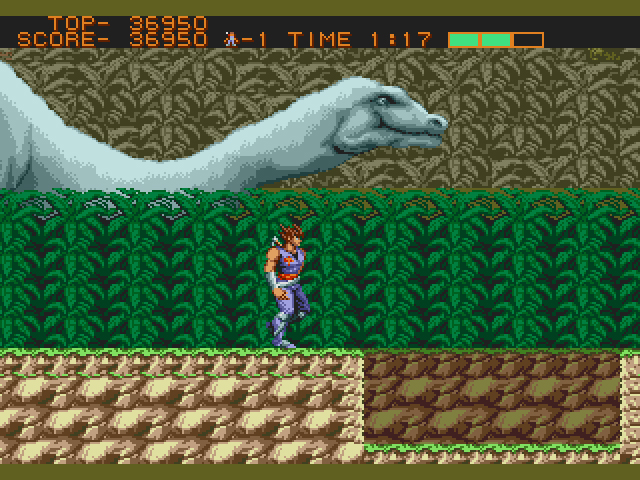
Capcom deserves praise for creating Strider for their now legendary CPS1 arcade system, but Sega should be equally commended for reprogramming the game for the Genesis. Outside of a reduced color palette and a touch of slowdown, the Genesis port is considered the finest of Strider‘s many home conversions. Given Capcom’s high standard of quality for console titles, they probably could have assembled a decent port. At the time of Strider‘s release, however, the company had yet to develop any games for the Mega Drive (Ghouls ‘N Ghosts was also handled by Sega). Perhaps it was for the best that Sega took the reins.
Not all is well in Strider’s house of blood and metal. In certain areas of each stage, you will get hit, full stop. The Anti-Gravity boss, for example, will throw you against the ground, and there’s nothing you can do about it. Given Strider’s small life bar – three bars at the least, five at the most – cheap shots are not appreciated.
While Strider‘s challenge will probably set you back at first, once you get a feel for the character’s movements and the stage layouts, it’s easy to fly through the game. Unless you just like showing off how much of a badass you are to your friends, Strider carries little replay value.
Strider‘s failings are nothing compared to what it does well. Games just didn’t come more epic and intense in 1990. Surprisingly, it still looks and plays like a dream over three decades later. All respect to the recent Strider reboot and Strider II from the late PS1-era, but nothing compares to the original’s kinetic beauty. If you grew up during the 80s and 90s, no excuses. Strider is a must-play treasure.


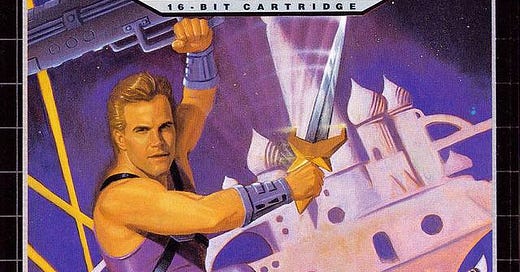



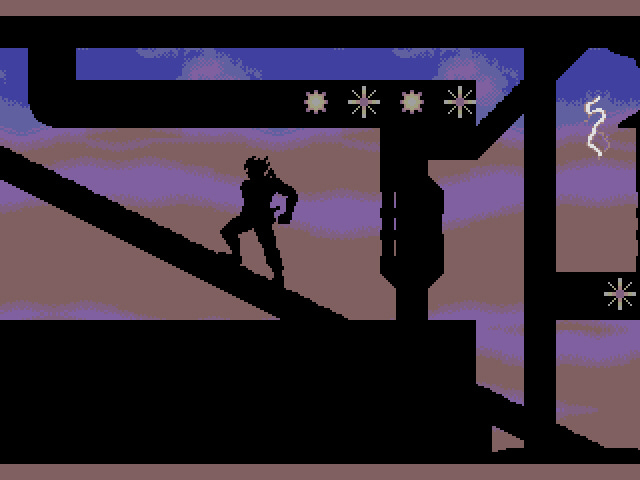


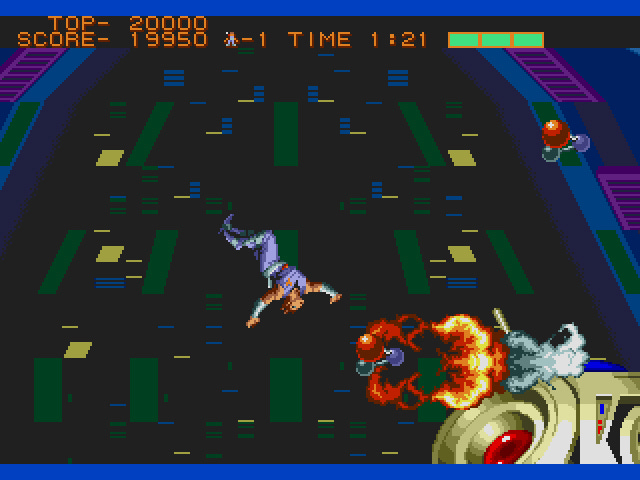
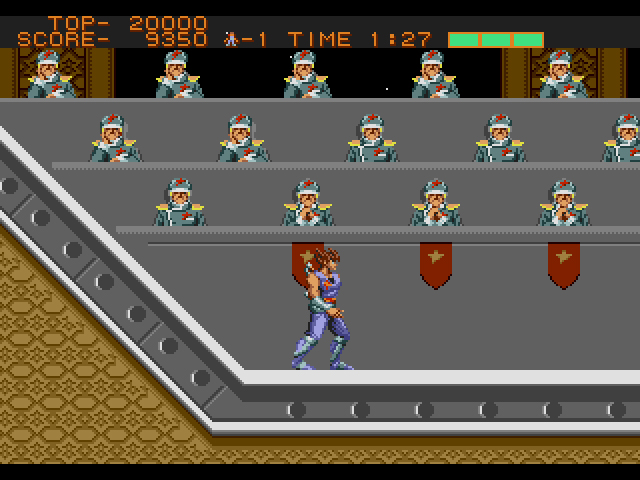
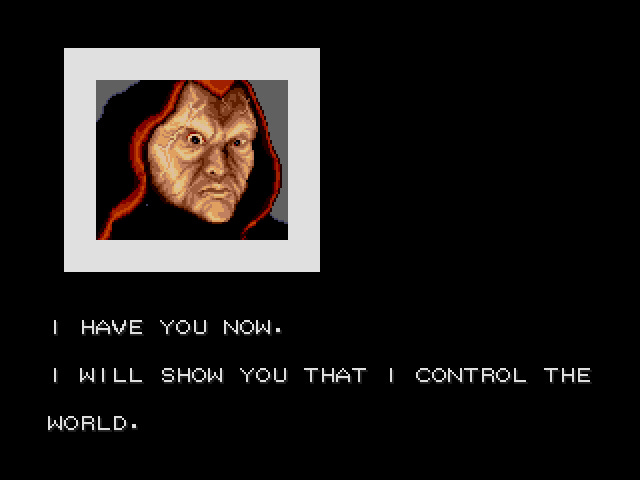
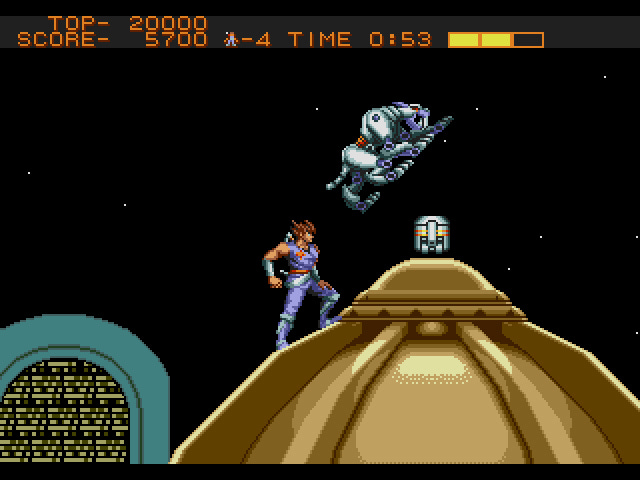
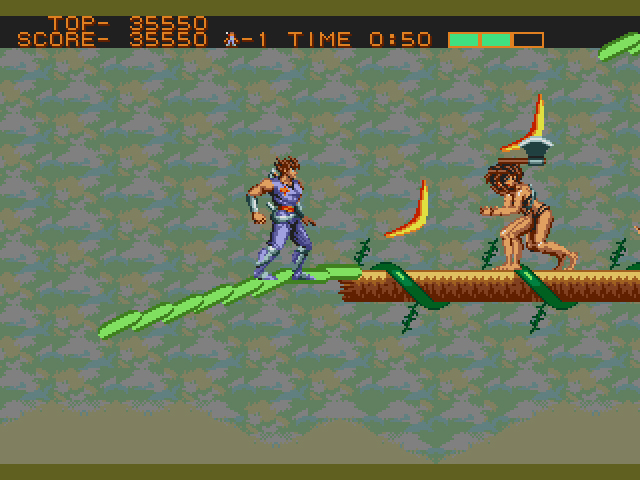
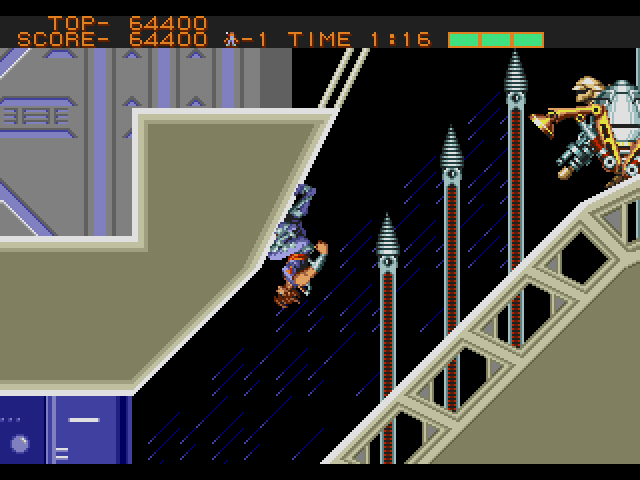
Enjoyable review. I remember seeing this game in an arcade one time when it was new, and thinking it looked awesome (though I don't think I got to play it -- I was short on quarters). And I remember being impressed seeing that it came to Genesis. And yet having played it, I don't really like this game! It seems like it should be cool, and yet I don't find it that much fun to play.
You might have talked about this before in Sega Does, but the early (pre-Sonic) Genesis was sort of an odd console, so different from our memories of the latter-day Genesis. What were you buying it to play? I suspect there were at least 100 games on NES that were better than every title in its launch library. Against that backdrop, Strider seems like one of the first games that sort of offers an answer to that question, even if wasn't until Sonic that there was a real answer.
Most failed consoles had a crappy launch library (naturally), but it's interesting to think about the successful consoles with weak launch libraries. The PS1 strikes me as another one, even if not as bad as the Genesis. Its launch library offered no hint of the games that would define the console.
The NES, of course, launched with Super Mario Bros. in the US, but what about the Famicom? It launched in Japan with Donkey Kong, DK Jr., and Popeye. That's really weird to think about -- buying this thing in 1983 thinking of it as a home Donkey Kong machine. You'd be forgiven for thinking it wasn't that big an improvement over the Atari 2600 (which also had a Donkey Kong port), though I don't think Atari sold much in Japan.
Great game